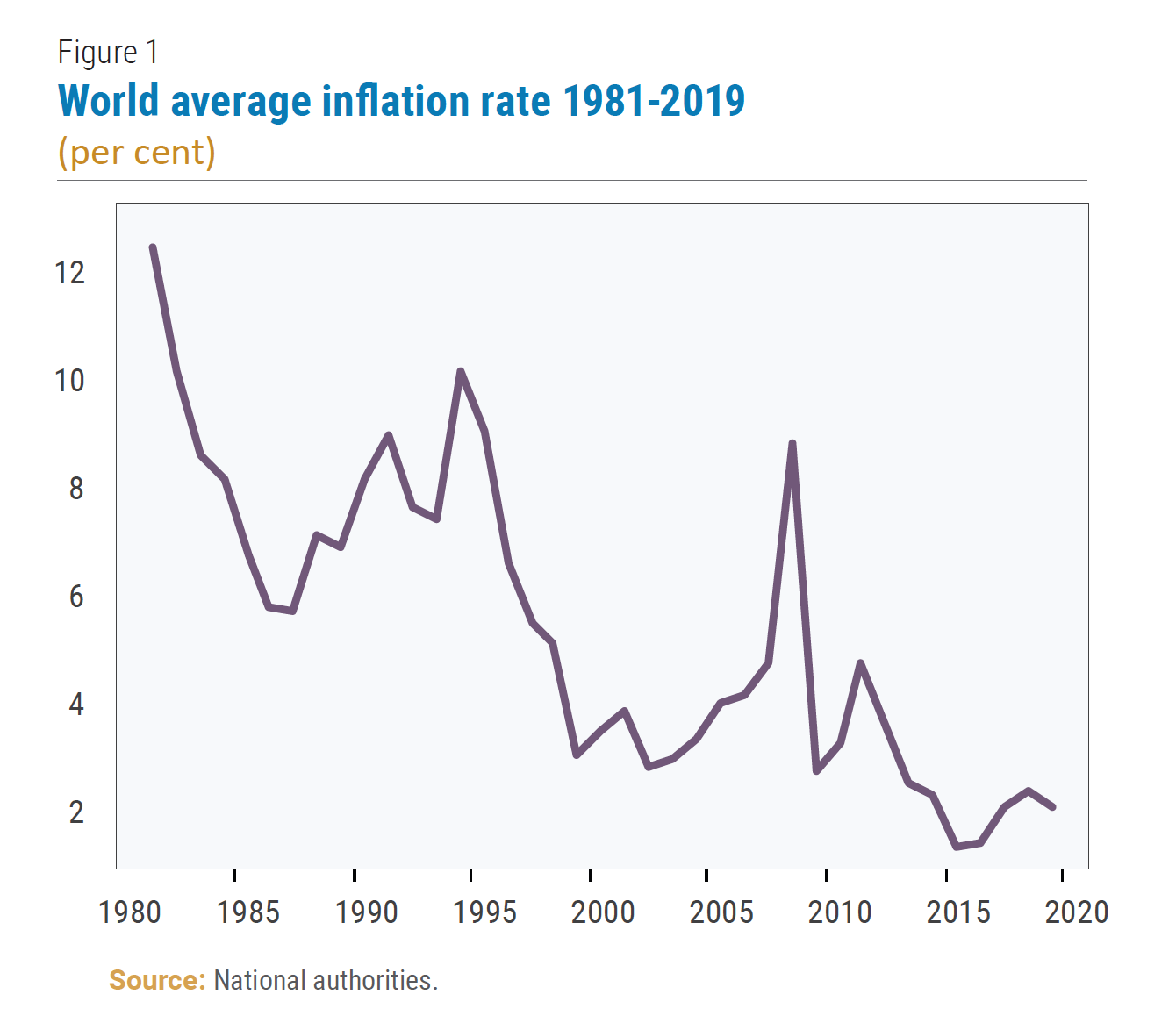
Navigating Global Economic Challenges: Understanding the Landscape of Inflationary Pressures
In the interconnected world of finance and commerce, global inflationary pressures pose challenges that resonate across borders. This article delves into the dynamics of these pressures, exploring their origins, implications, and the strategies nations employ to navigate this complex economic terrain.
The Origins of Global Inflationary Pressures
Global inflationary pressures often have diverse origins, ranging from supply chain disruptions and commodity price fluctuations to geopolitical events and currency dynamics. Understanding the multifaceted nature of these pressures is essential for policymakers and analysts seeking to address their root causes and mitigate their impact.
Supply Chain Disruptions and Inflation
One significant contributor to global inflationary pressures is disruptions in the supply chain. Events such as natural disasters, trade tensions, or global health crises can interrupt the flow of goods and services, leading to imbalances in supply and demand. The resulting scarcity can drive up prices, creating inflationary pressures worldwide.
Commodity Price Fluctuations
The prices of commodities, such as oil, agricultural products, and metals, play a pivotal role in global inflationary trends. Fluctuations in commodity prices, influenced by factors like production levels, geopolitical tensions, and market speculation, can have cascading effects on inflation rates globally.
Geopolitical Events and Currency Dynamics
Geopolitical events, such as conflicts or trade disputes between nations, can introduce uncertainties that impact currency values and trade relationships. Currency dynamics, including exchange rate fluctuations, contribute to global inflationary pressures by influencing the cost of imported goods and affecting the competitiveness of exporting nations.
Global Strategies for Inflation Mitigation
Addressing global inflationary pressures requires coordinated efforts and strategic policies on a global scale. Central banks and monetary authorities collaborate to implement measures that stabilize currencies, manage interest rates, and foster economic stability. International organizations, such as the IMF, play a role in promoting global economic cooperation to mitigate inflationary challenges.
Regional Variances in Inflationary Pressures
While global inflationary pressures are a shared concern, there are regional variations in their intensity and impact. Developing economies may face different challenges than advanced economies, and the strategies employed to address inflationary pressures must be tailored to the unique circumstances of each region.
Consumer and Business Responses to Global Inflation
Consumers and businesses globally respond to inflationary pressures by adjusting spending patterns, adapting pricing strategies, and reevaluating investment decisions. Understanding these responses is critical for businesses and policymakers seeking to anticipate and manage the economic effects of inflation.
The Role of Technology in Global Inflation Dynamics
Technological advancements can both contribute to and mitigate global inflationary pressures. Innovations that enhance efficiency and reduce production costs may have deflationary effects, while disruptions caused by technological shifts can introduce inflationary spikes. A nuanced understanding of the interplay between technology and inflation is essential for navigating global economic dynamics.
In-Depth Exploration of Global Inflationary Pressures
For a deeper exploration and analysis of current global inflationary pressures and expert insights, explore Global Inflationary Pressures. This resource provides valuable information to help policymakers, businesses, and individuals stay informed and make decisions aligned with the current global economic climate.
Collaborative Solutions for a Resilient Global Economy
In conclusion, navigating global inflationary pressures requires collaborative solutions and a comprehensive understanding of the interconnected nature of the world economy. As nations work together to address the root causes, implement effective policies, and foster international cooperation, a more resilient and adaptable global economy can emerge, better equipped to withstand the challenges of inflationary pressures.
